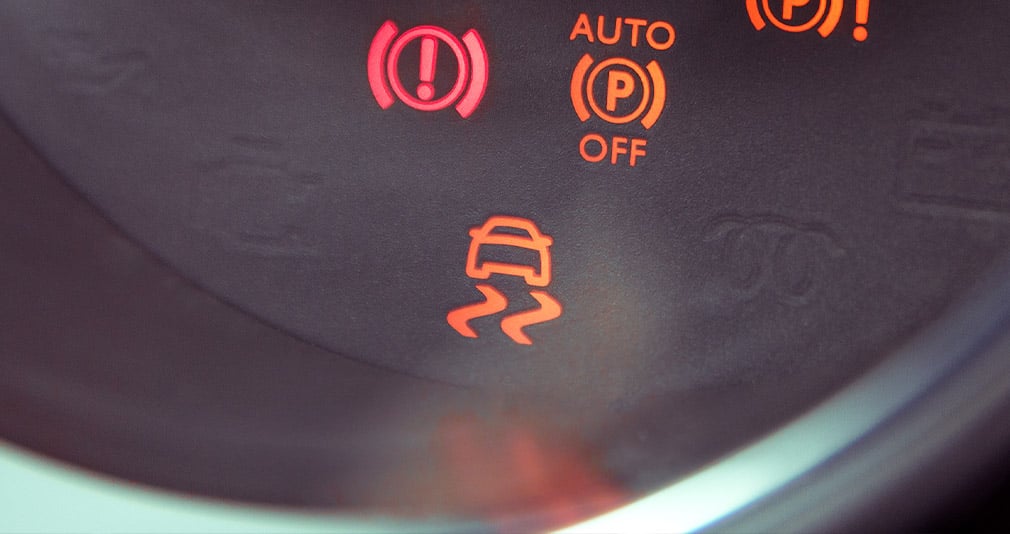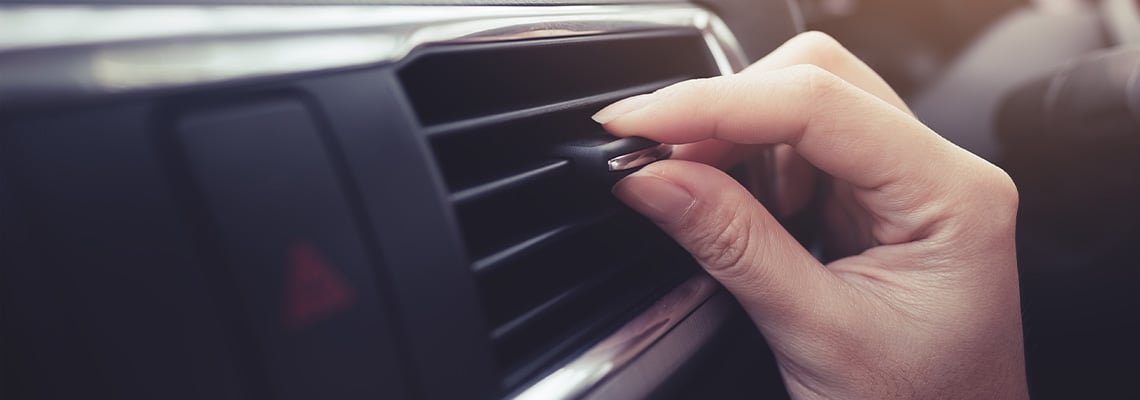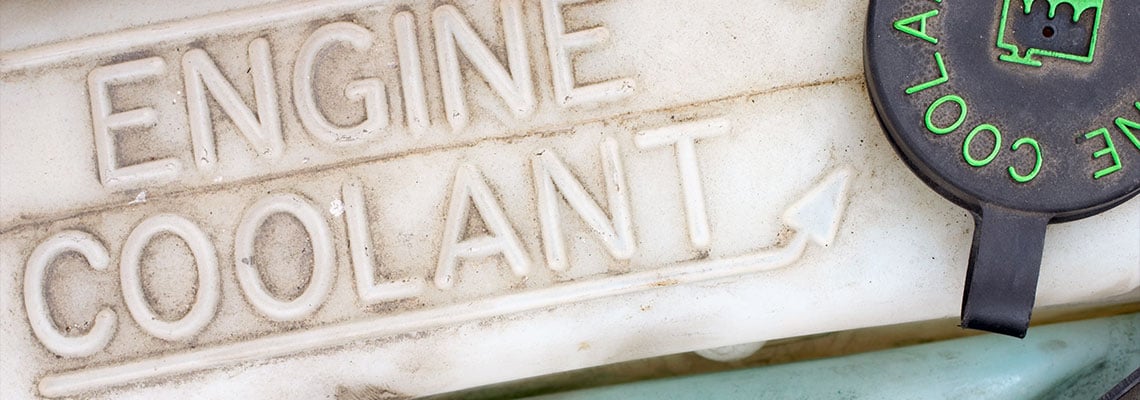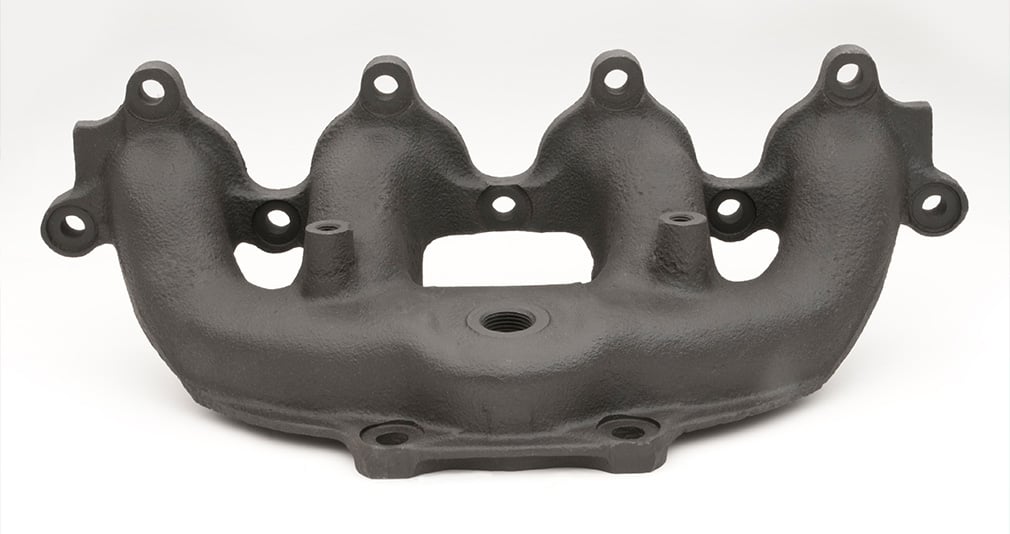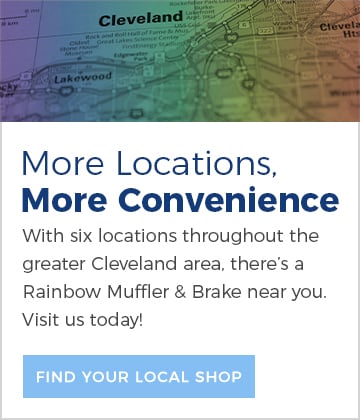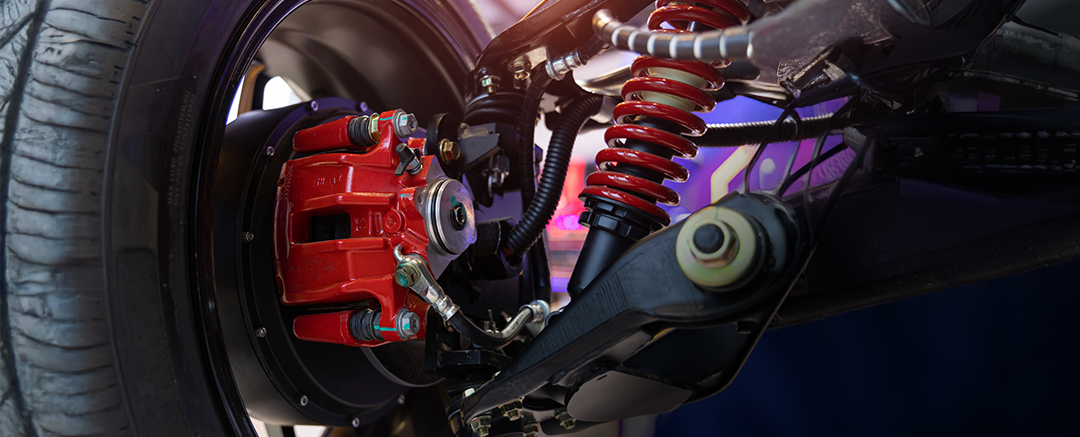Picture this: You’re in the middle of your daily morning routine, trying to rush the kids out of the door in time for school. You get everyone ready and in the car, only for the check engine light to blink at you the moment you turn the key. It’s tempting to just ignore it and hurry on with your day, but you stop to wonder — what does the check engine light mean? Is it really safe to drive, or does it mean an immediate trip to the auto repair shop? Our blog will answer these questions and help you identify when it’s merely a warning or when it’s a red flag.
How Serious Is the Check Engine Light?
Your car has a brain — no, really! The entire vehicle is run by a centralized computer called the engine control module, or ECU. The ECU monitors the different parts of the engine through a complicated system of sensors and controls. When it notices that something is wrong, it will turn on the check engine light, or Malfunction Indicator Light, to alert you of the problem.
There could be many reasons the check engine light is on, but there are two settings to determine how serious it is. If it turns on and stays on while you’re driving, the ECU is telling you that there is a part of the engine that’s in need of service. The malfunctioning part is registered as a code that can be read by an auto tech using a scanner. If the light comes on, but the car is otherwise driving normally, then you can hold off on heading into the auto shop until it’s convenient for you, though we do recommend making an appointment as early as possible.
However, if the check engine light comes on and is continually blinking or flashing, then that means part of the engine is experiencing a critical failure. Sometimes the check engine light will be accompanied by another dashboard signal to let you know what the exact issue is, but other times it may not. If the check engine light comes on and flashes, you should pull over immediately and call an auto repair shop. Otherwise, you risk further damage to your vehicle that can result in expensive repairs.
Keep an eye out for additional issues that are occurring at the same time as your check engine light. Is there a clunking or rattling noise? Has the car begun to lose power? Does the frame shake as you’re driving? Any unusual change in your driving experience should be noted, and if it’s paired with the check engine light, should be addressed immediately.
While it may seem like a hassle to have to put your life on hold for a visit to the auto repair shop, doing so as soon as the check engine light flashes means you’ll be able to avoid even pricier and more extensive repairs down the road.
What Does the Check Engine Light Mean?
There are literally hundreds of different codes that can trigger a check engine light, but typically you can expect it to be one of these most common issues:
- Loose, missing or damaged gas cap. The gas cap’s jobs are to help maintain pressure inside the tank and keep the gas itself from evaporating or releasing fumes. If the check engine light comes on after you’ve refueled, it’s usually because the cap isn’t tight enough (or wasn’t put back at all).
- Spark plugs or wires. These parts are responsible for creating the sparks needed to create combustion processes within the engine. If they are rusted or misfiring, the engine won’t be able to perform as well as it should.
- Catalytic converter. Responsible for reducing emissions and improving fuel economy, a damaged catalytic converter causes your car to run at a higher temperature than it’s supposed to.
- Oxygen sensor. The oxygen sensor plays an important role because it monitors the unburned oxygen within the exhaust, allowing your car to accurately monitor fuel consumption. A damaged oxygen sensor results in poor fuel economy and can eventually lead to damage to the spark plugs and catalytic converter.
- Mass airflow sensor. The engine requires a specific amount of air to run efficiently. The mass airflow sensor makes sure that the engine is receiving what it needs; without this sensor, the car’s fuel economy would tank.
- Overheating. Typically, overheating trips the check engine light and also causes the temperature gauge to jump; you may see smoke coming from under the hood, as well. This is a serious issue and means you should stop driving immediately.
- Diagnostics malfunction. Every time you turn on your car, the ECU runs a check on all the different parts of the engine. If something isn’t working perfectly or is in need of service, the check engine light will trigger.
When To Bring Your Car Into a Shop
Technically, if the only symptom your car is displaying is the check engine light itself, you are safe to drive until another issue crops up. However, we only really recommend this course of action if it’s impossible to get into a repair shop that same day. It’s much better to make an appointment as soon as the light comes on, since it’s a definite sign that something needs attention before it becomes a critical problem.
However, if you’re experiencing other issues like reduced power, clunking noises or additional dashboard warnings, you should stop driving and call a repair shop immediately for a check engine light diagnostic. These are all signs that something is in urgent need of repair. If you continue to drive your car at this point, you risk doing irreparable damage to the engine.
When you bring your car into the shop, the auto technician will use a scanner to read the codes that were tripped by the ECU. This gives them the information needed to identify the problem part. Then, they can inspect the part and let you know the recommended course of action to get you back on the road.
No one wants their day derailed by car issues, but the check engine light is designed to give you enough time to address the problem before it turns into a massive headache — or even a safety risk. By paying attention to your car’s signals (and staying on top of regular maintenance) you can save yourself time, money and stress.


